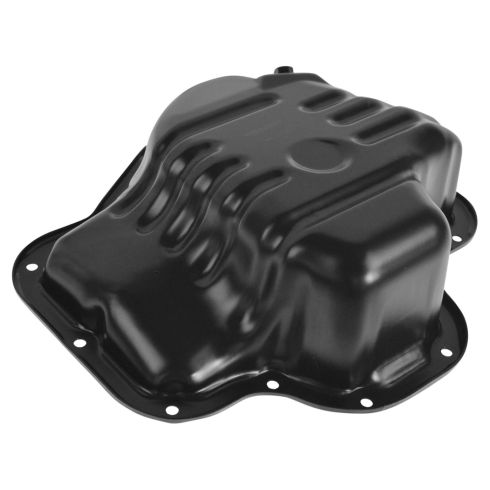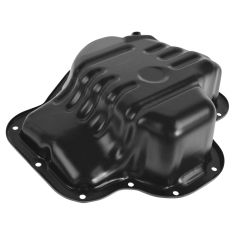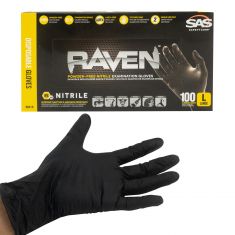1AEOP00207-Toyota Scion Engine Oil Pan TRQ OPA07818

Replaces
2006 Toyota Highlander L4 2.4L DOHC Engine ID 2AZFE Engine Oil Pan TRQ OPA07818

Frequently bought together
Product Reviews
Loading reviews
5.00/ 5.0
1
1review
June 21, 2024
Great buy, perfect fit and easy to install.
Customer Q&A
No questions have been asked about this item.
Toyota is a registered trademark of Toyota Motor Corporation. 1A Auto is not affiliated with or sponsored by Toyota or Toyota Motor Corporation.
See all trademarks.









